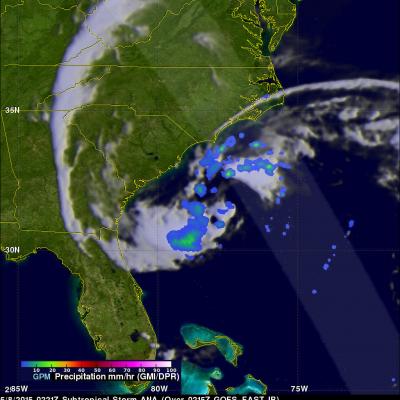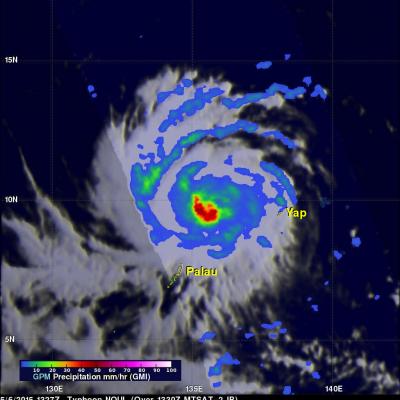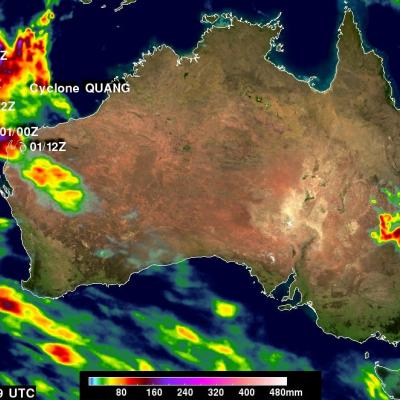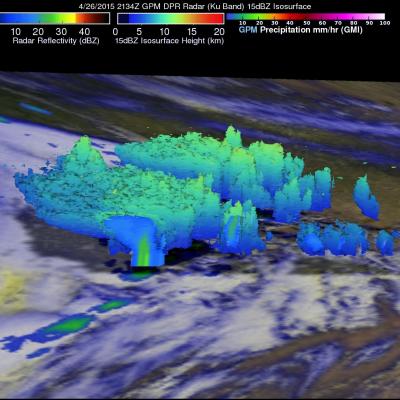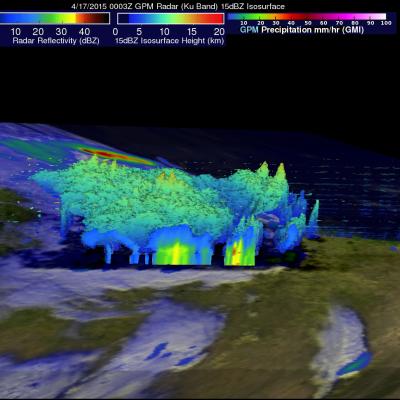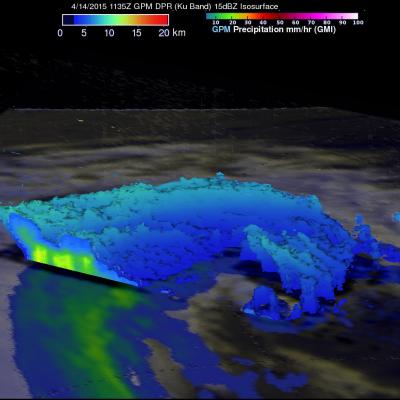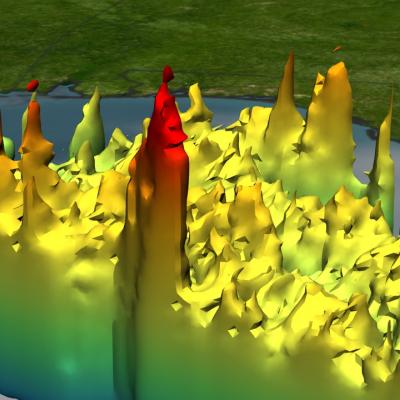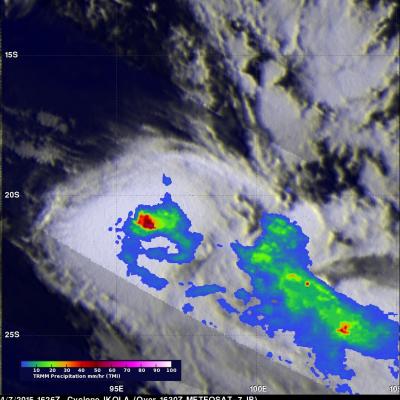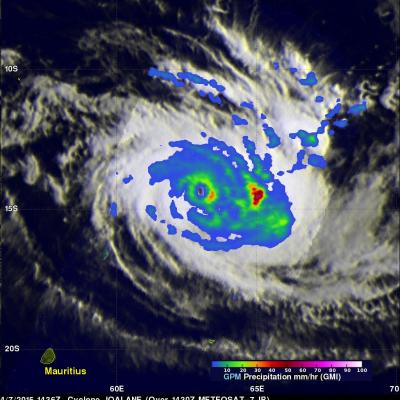GPM Flys Above Subtropical Storm Ana
During the past few days subtropical storm Ana was developing off the southeastern coast of the United States. Yesterday and today the GPM core observatory satellite had two good views of subtropical storm Ana. The image above shows the developing subtropical storm on May 7, 2015 at 1636 UTC (12:36 PM EDT). This GPM pass occurred a little over 10 hours before the National Hurricane Center (NHC) issued their first advisory at 0300 UTC ( 11:00 PM EDT). This image shows rainfall derived from GPM's Ku/Ka-band Dual-frequency Precipitation Radar (DPR) and a multi-channel GPM Microwave Imager (GMI)


